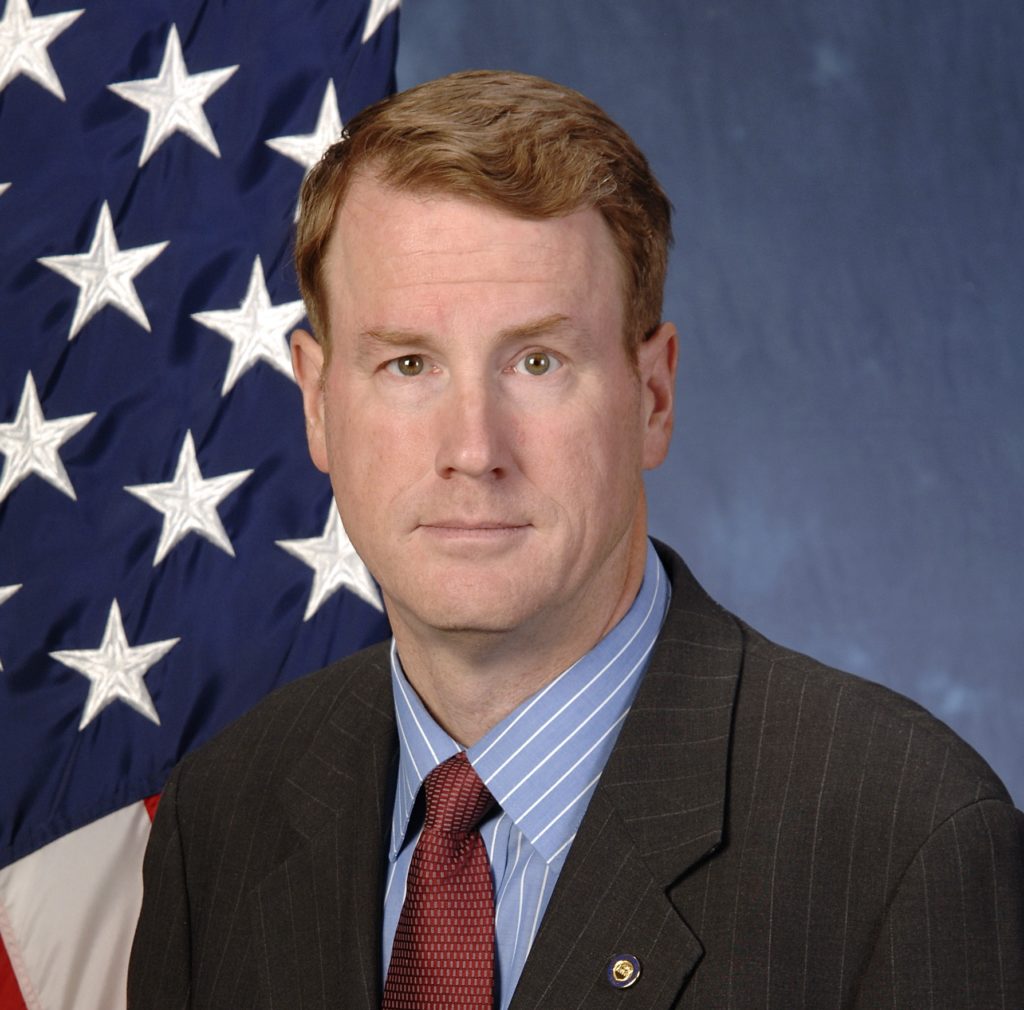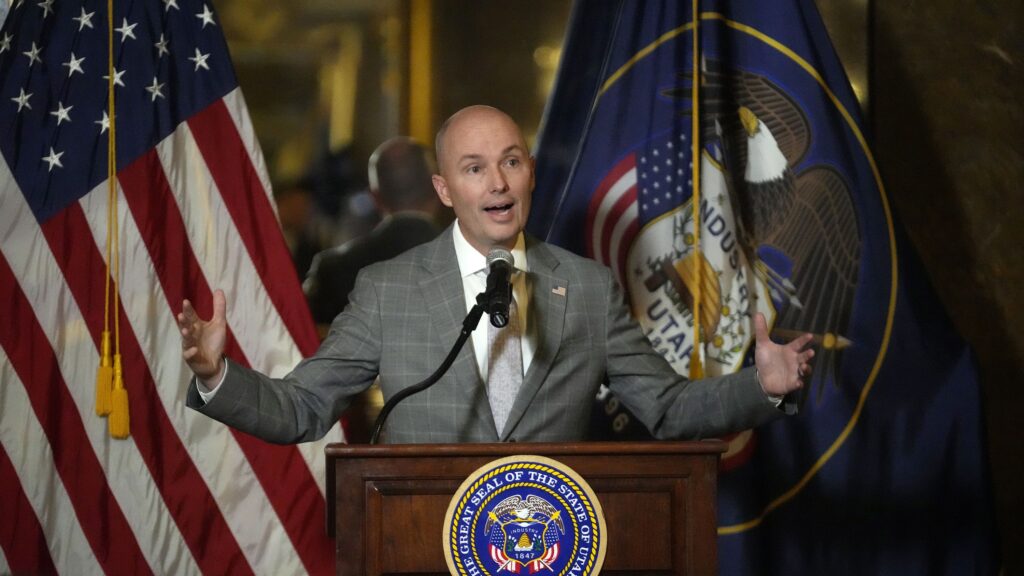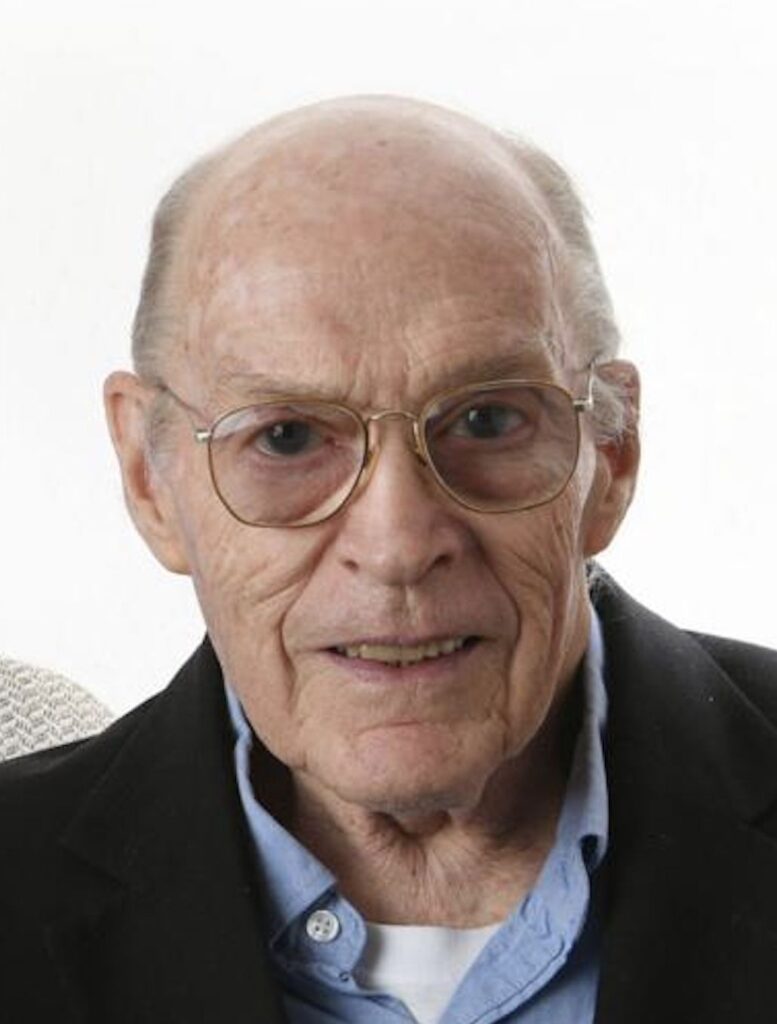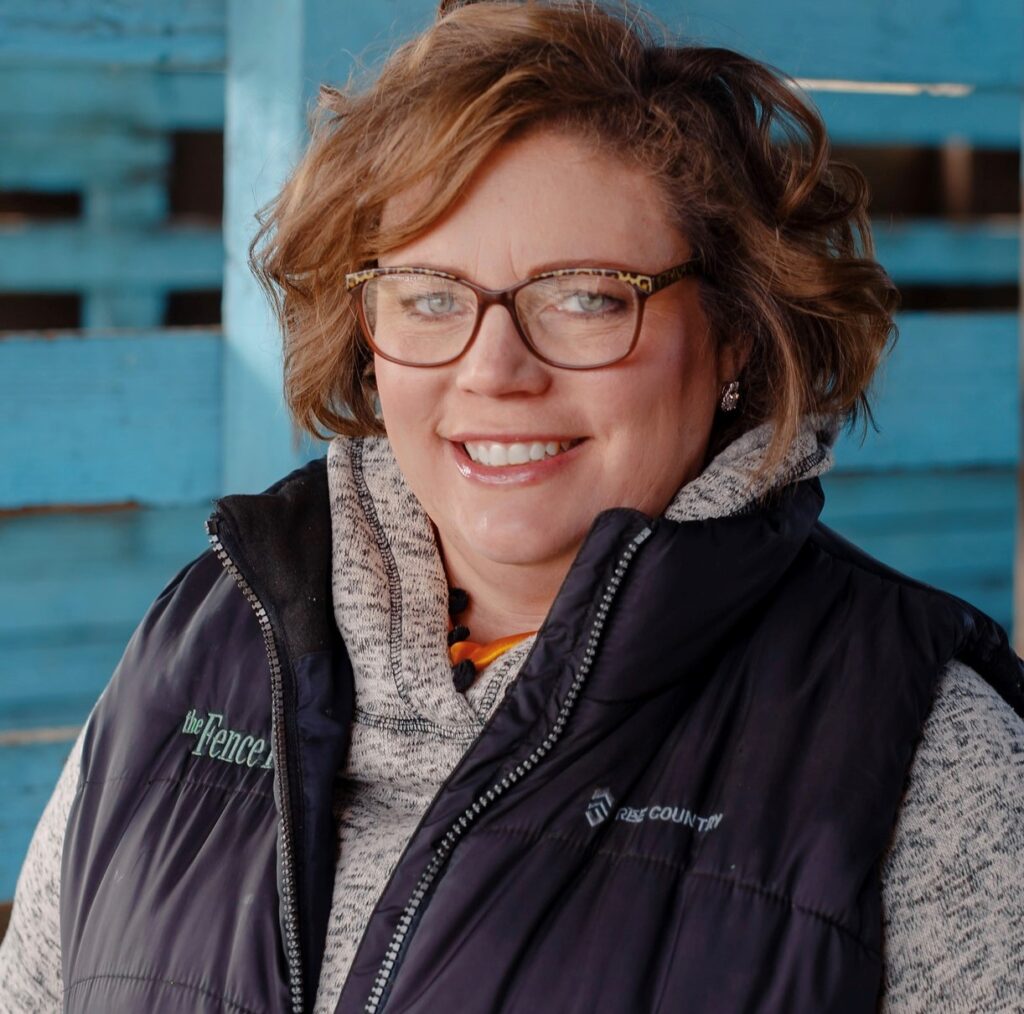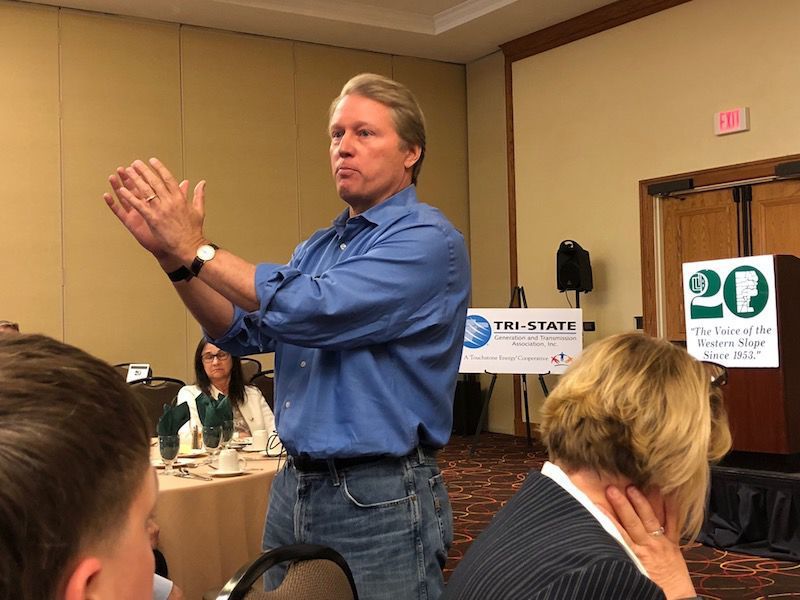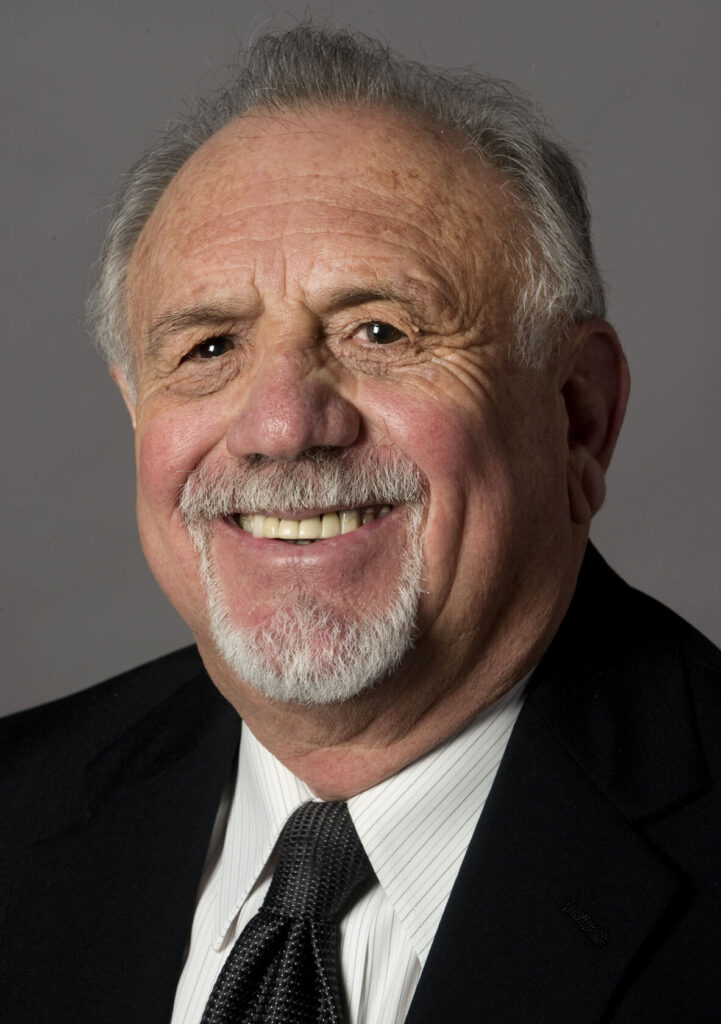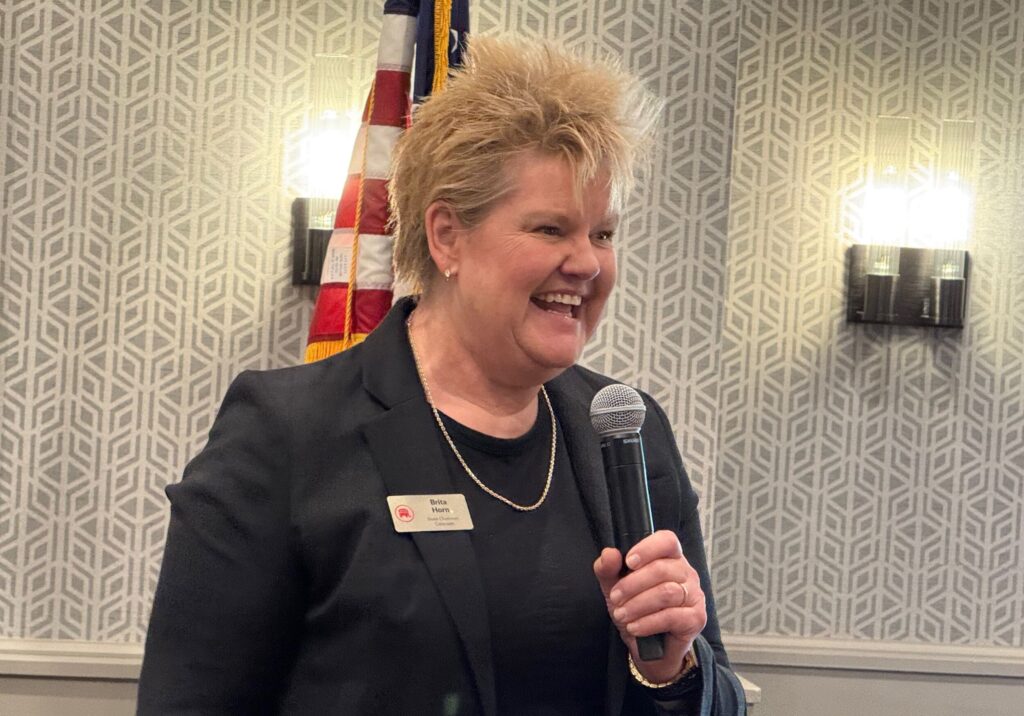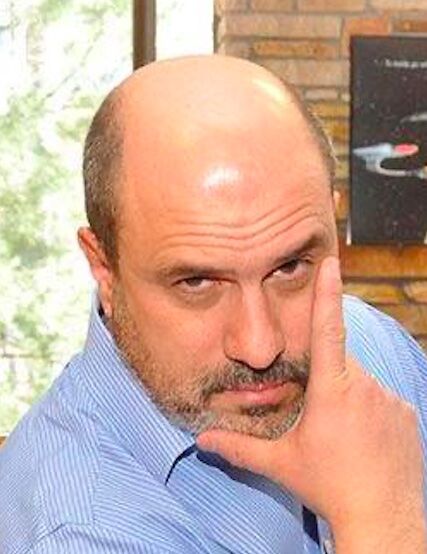TRAIL MIX | ‘Not one of the boys’: How Mary Estill Buchanan just missed breaking an enduring glass ceiling

The women who have been chipping away for decades at Colorado’s political glass ceilings have long since left most of them shattered.
The invisible barriers that kept women from winning nearly every major office in the state were broken years ago – when Republican Virginia Blue was elected state treasurer in 1966; when Democrat Pat Schroeder was elected to the U.S. House in 1972; when Republican Mary Estill Buchanan was elected secretary of state in 1974; when Democrat Nancy Dick was elected lieutenant governor in 1978; and, when Republican Gale Norton was elected attorney general in 1990.
But the barrier remains in place for the three arguably most powerful elected positions in Colorado: governor, U.S. senator and mayor of Denver.
Buchanan, the first woman to win re-election to a statewide office in Colorado, was also the first woman to come within inches of smashing one of the state’s highest and most persistent glass ceilings in 1980, when she narrowly lost a bid to unseat Democratic U.S. Sen. Gary Hart.
That was before Councilwoman Mary DeGroot nearly toppled Denver Mayor Wellington Webb in 1995 – barely edging past Webb in the first round of voting but losing the runoff election – and before Democrat Gail Schoettler came within about 8,000 votes of Republican Bill Owens in the 1998 governor’s race, falling less than a percentage point short.
Approaching Hart’s 1980 re-election campaign, Buchanan was one of only two Republicans holding major statewide office – the other was U.S. Sen. Bill Armstrong, who defeated Democrat Floyd Haskell’s bid for a second term in the 1978 election – and had been the top Republican vote-getter in the previous election.
Still, Buchanan had to fight tooth and nail – mostly against fellow Republicans – to secure the nomination. As the general election neared, she was poised to join the only other woman in the Senate, Kansas Republican Nancy Kassebaum.
By the time the votes were counted, however, Hart had pulled out a win by just over 19,000 votes, or about 1.5 percentage points. The same night, Colorado voters swung hard for Republican presidential nominee Ronald Reagan, who won the state over Democratic incumbent Jimmy Carter by almost 300,000 votes, or 24 percentage points.
Colorado voters used to be more prone to ticket-splitting – voting for a Republican for president and a Democrat for senator, or a Democrat for governor and a Republican for senator, for instance – though the share of voters who don’t vote straight party-line has dwindled in the last dozen years, both nationally and in Colorado.
The phenomenon has happened six times in the last 50 years, including twice this century, out of the 17 elections when a U.S. Senate seat appeared on the same Colorado ballot as president or governor.
Heading toward November in 1980, there was every reason to believe that Buchanan had a shot at taking down Hart, despite – or perhaps because of – all the stumbling blocks thrown up by her own party intended to keep her off the ballot.
After finishing in a disappointing fifth place at the GOP state assembly with just 14% of delegate votes, Buchanan decided to petition her way onto the primary ballot in what turned out to be a groundbreaking move. It would be the first time a major party candidate reached the ballot for major statewide office by petition in Colorado. The state’s election calendar was much briefer in 1980, allowing candidates who failed to make the primary at assembly a chance to mount a petition drive.
Delegates anointed three candidates for the primary: Howard “Bo” Callaway, who was Army secretary under Nixon and had been the first Republican congressman elected in Georgia since Reconstruction; attorney John Cogswell, who lost the GOP primary to Armstrong two years earlier; and state Sen. Sam Zakhem, famous for delivering patriotic speeches around the state.
Buchanan blamed her showing at the state assembly on a “last-minute smear campaign” of anonymous fliers that labeled her a liberal. Some signed circulars made the same point, citing her support for the Equal Rights Amendment and gay rights, positions at odds with Republican orthodoxy. It didn’t help her standing with the GOP base that she’d recently quipped, “If you like Pat Schroeder, you’ll love Buchanan,” naming the staunchly liberal Denver congresswoman.
Party bigwigs tried to discourage her from petitioning, with state GOP Chairman Phil Winn declaring that Buchanan’s “actions could be harmful to her political reputation and to party unity,” and chastising her for “refus[ing] to recognize her sound defeat at the convention.”
After Buchanan turned in her signatures, Adams County GOP chairman Hal Shroyer, a Calloway supporter, filed an unsuccessful challenge against her in court, which resulted in a headline her campaign embraced after she prevailed: “Give ‘Em Hell, Mary.”
Since she wasn’t certified as a candidate until just days before the primary election – held in September in those days – Buchanan hadn’t been allowed to appear at candidate forums but showed up anyway, gaining plenty of press coverage and kudos for her persistence. She went on to win the primary by a slim margin over Calloway, 31% to 30%, with the other two trailing.
With just weeks to go until the general election, Buchanan’s pollsters determined she was within sight of a win, she recalled in a 2013 oral history interview with the Boulder Public Library’s Carnegie Library for Local History.
Her strategists decided that the persuadable votes they needed to win over belonged to 36,000 older, male, conservative Republicans who didn’t like Hart but didn’t like Buchanan, either, because they didn’t want to vote for a woman and thought her to be too progressive. That distinct cohort, she said, “made this election a swing election. Very, very close.”
The way to get their votes, her campaign decided, was to blanket the airwaves the weekend before the election with Reagan’s endorsement, “saying he needed me in the Senate, on his side, for a strong United States defense and to really get a handle on the economy,” she recalled. They’d raised the money, reserved the ad spots and were ready to splice in footage of the remarks they were assured Reagan would deliver during a brief stop in Grand Junction.
Factional rivalries within the GOP, however, derailed her plans, Buchanan said.
“The real issue was control of the Republican caucus inside the Senate, and all the people I had are the progressive and thinking Republicans. The other side, the arch-conservatives, were absolutely sure – it was their position, they would rather lose the Senate than lose the caucus, because they thought it would be easier to come back another day,” she said.
Reagan scheduled a brief stop-over in Grand Junction after campaigning in California, but before he emerged from the plane to deliver the remarks that included a Buchanan endorsement, “this man in a black suit appears” and then boards the plane for a few minutes, and then Reagan emerged, Buchanan said.
As she stood next to Reagan on the festooned platform her campaign had prepared – television cameras rolling – Reagan read some remarks about oil shale, but she said she noticed “here’s this black ink over one little paragraph – and then all he says is, ‘It’s so nice to be here, and see you all in Colorado.’ And I go, ‘Oh,’ and slap my hand to my face. And smile and everybody applauds, he gets all smiles, steps down, gets on the plane and flies away. He never said what was scripted for him to say, and that was our ad.”
Without the ad – and the 36,000 voters she’d hoped it would sway – Buchanan lost to Hart a few days later by about half that number.



